What would you do if you had 36 hours in Yellowstone? We asked our supporters and social media followers this question, and received some incredible feedback!
Here’s a 36-hours-in-Yellowstone itinerary based on your responses. Check out our trip-planning resources to help you organize your dream Yellowstone vacation.
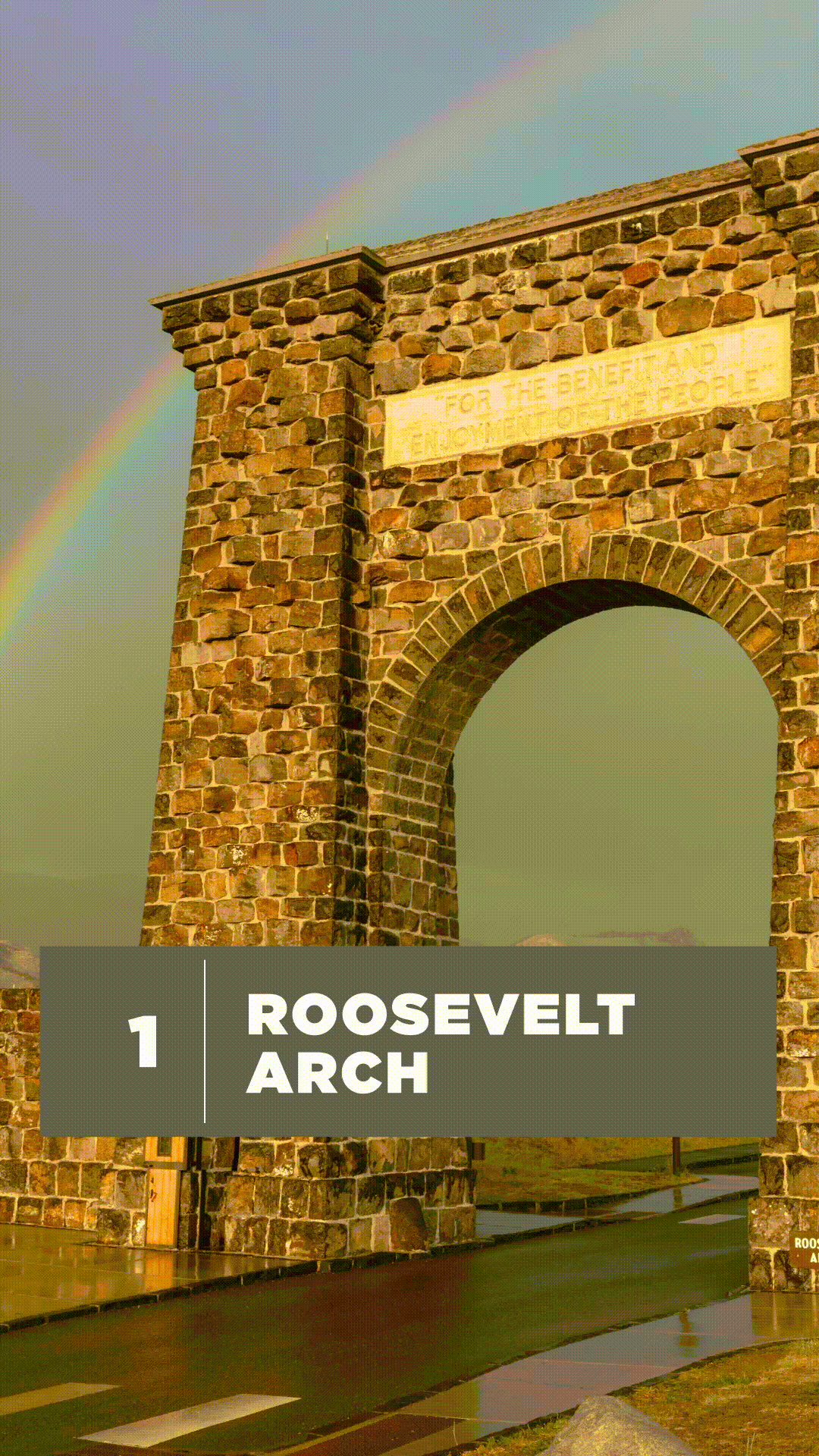
Friday afternoon: Enter through the Roosevelt Arch
There’s nothing quite like the feeling of crossing into the beauty and magic of Yellowstone. Leave behind the emails and busy schedule and enter a world where you can be astounded by a geyser one minute and awed by a bison the next.
There’s no better place to make that transition than through the historic Roosevelt Arch!
Start your trip to Yellowstone at the park’s North Entrance and pass through history.
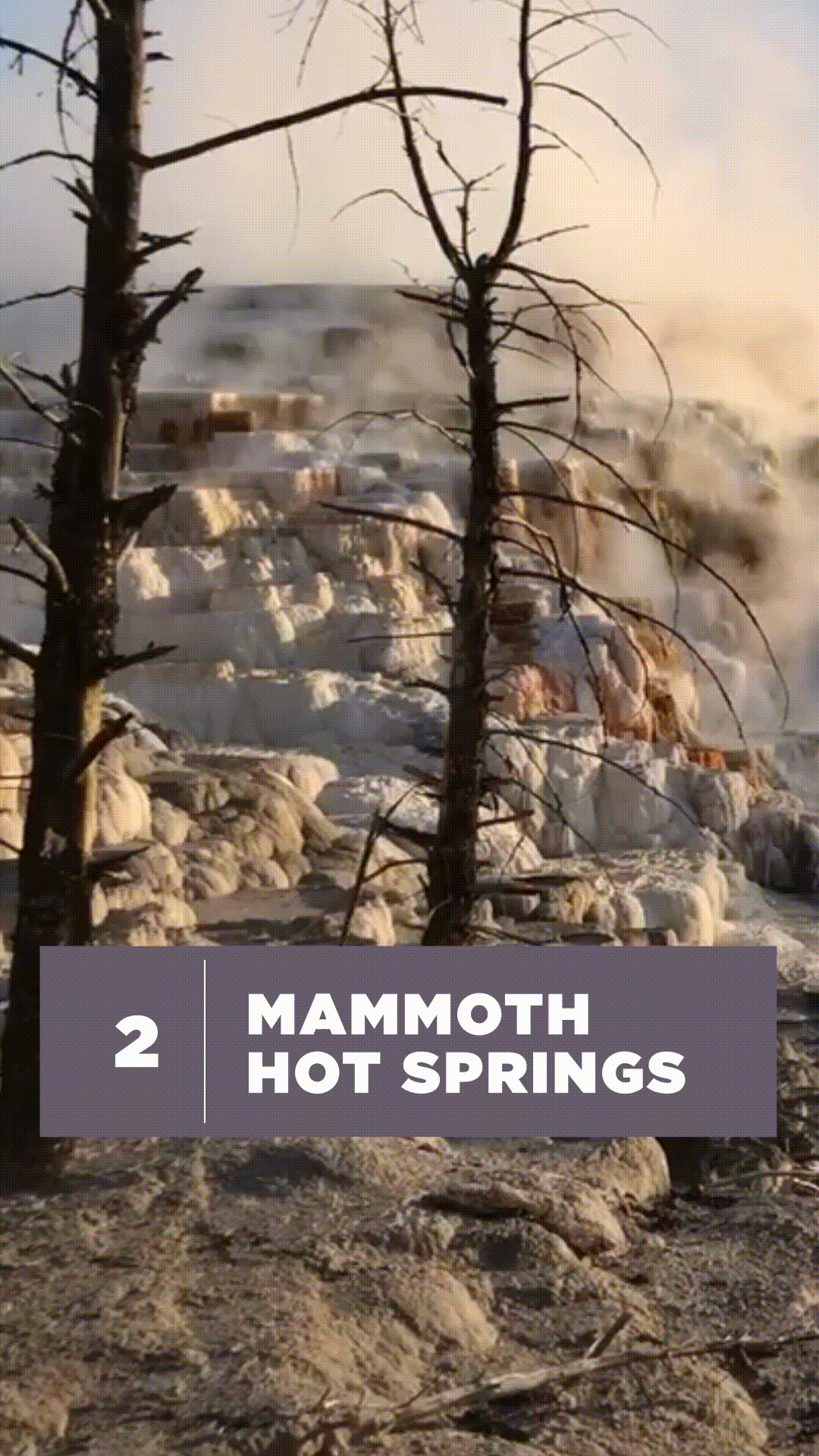
Friday evening: Explore the terraces at the Mammoth Hot Springs
The Mammoth Hot Springs are a treat for all your senses. Listen to the sizzle and gurgle of the springs and terraces. See the ever-changing colors created by the heat-loving organisms. Smell the sulphur created by these geothermal features!
The boardwalks between the terraces make it easy to take in all of Mammoth. And with the colors always changing and the water constantly moving in new ways across the limestone—every visit to Mammoth Hot Springs is a brand-new experience!
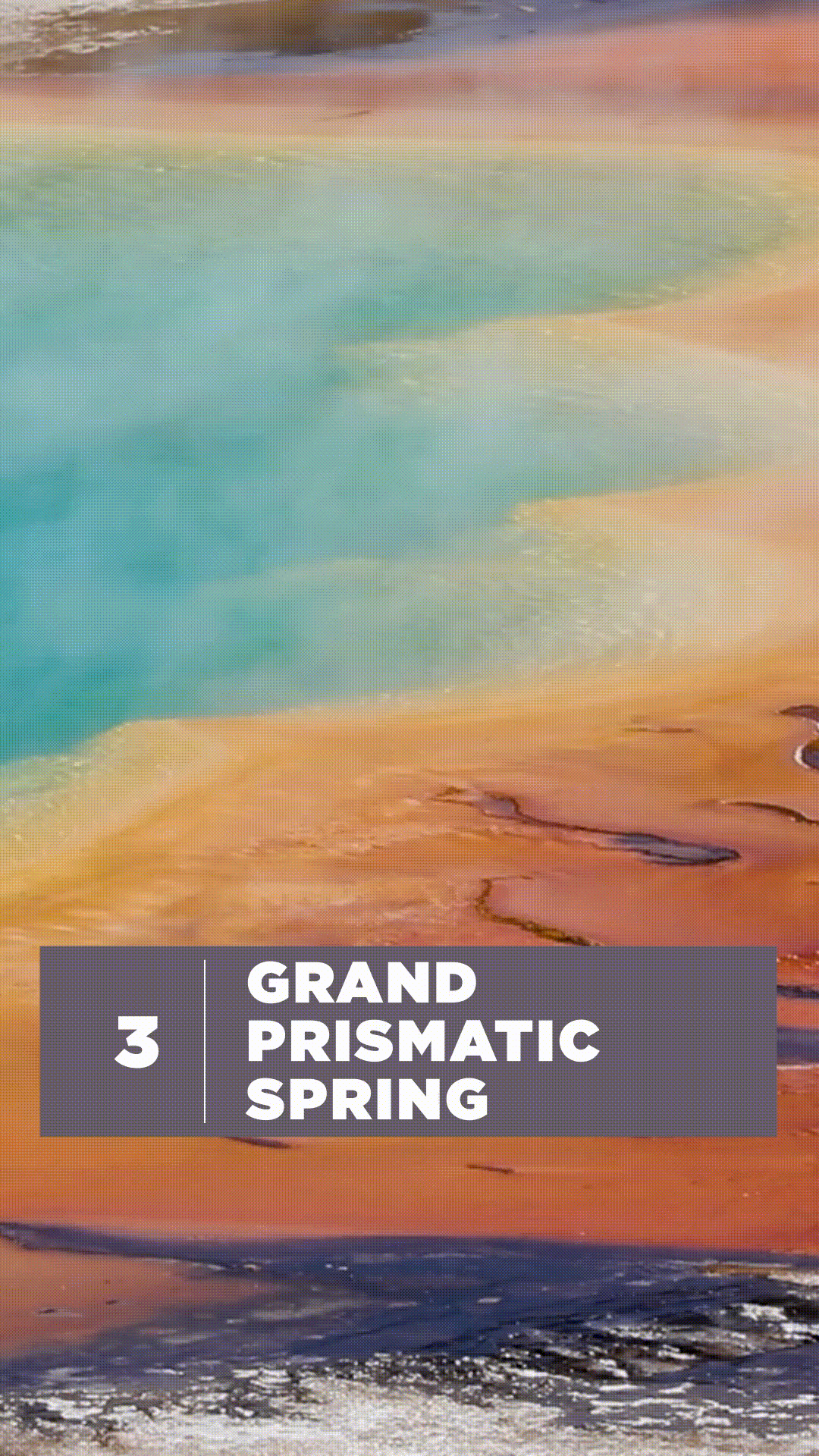
Saturday morning: Get mesmerized by Grand Prismatic
Get out on the Grand Loop Road early and make your way to one of the most photographed geothermal features in the park: Grand Prismatic Spring. Be sure to drive slowly and stop often for wildlife spotting! Sunrise and sunset are some of the best times to view wildlife, including bears, while in the park.
Make a stop at Norris Geyser Basin on your way. A boardwalk winds through the park’s hottest – and oldest — thermal area. Highlights include Steamboat Geyser, which has been particularly active this year!
By late morning, make your way to the majestic rainbow hues of Grand Prismatic. The spring was named for its colors by the Hayden Expedition of 1871. Learn about the heat-loving bacteria that create these always-changing colors. Walk the boardwalk out to a viewing spot or hike the overlook trail for a view from above.
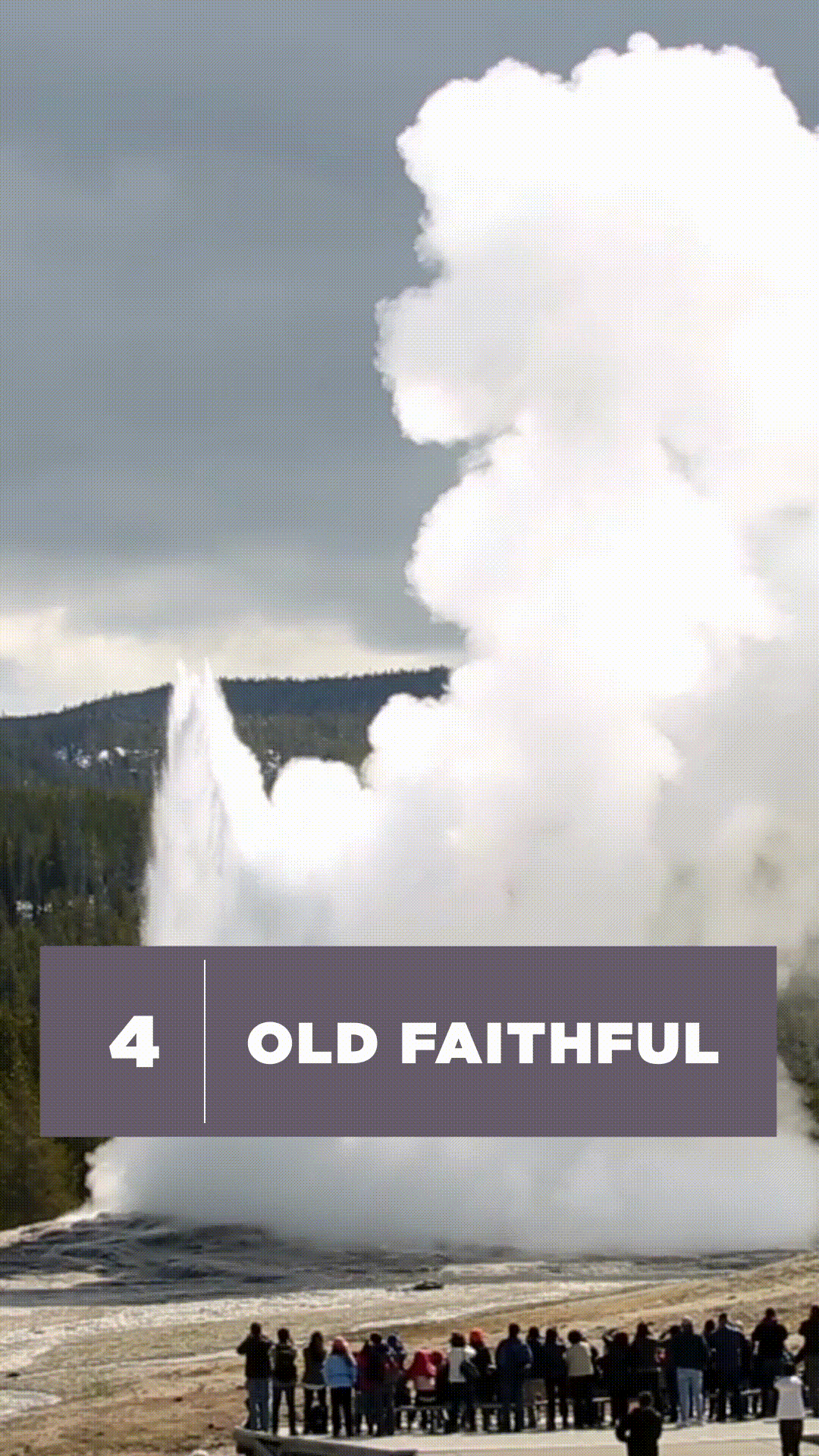
Saturday afternoon: Old Faithful
Jump back in the car after leaving the Midway Geyser Basin and continue on to the park’s most reliable geothermal feature—Old Faithful! There’s no wrong way to view the geyser, and there’s plenty to explore between eruptions!
Start at the Old Faithful Visitor Education Center to check the next predicted eruption time. While the eruptions may vary from predicted times slightly, there’s a reason Old Faithful got its name!
Exit the back of the visitor center and you’ll walk right toward Old Faithful. Grab a front-row seat in the viewing area for an eye-level viewing of the 100+ feet of boiling water that erupts approximately every 90 minutes.
After your waiting for the next eruption, hike the 1.1 miles up to Observation Point to view the geyser from overhead.
Make sure to spend some time walking around the Old Faithful area. Check out the Yellowstone Forever Park Store in the Old Faithful Visitor Education Center and pick up some educational reading about the history of the park and the science behind the geothermal features.
Visit the Art & Photography Center (open in the summer) for free daily painting activities, to peruse galleries of historic and contemporary Yellowstone art, and learn from artists-in-residence.
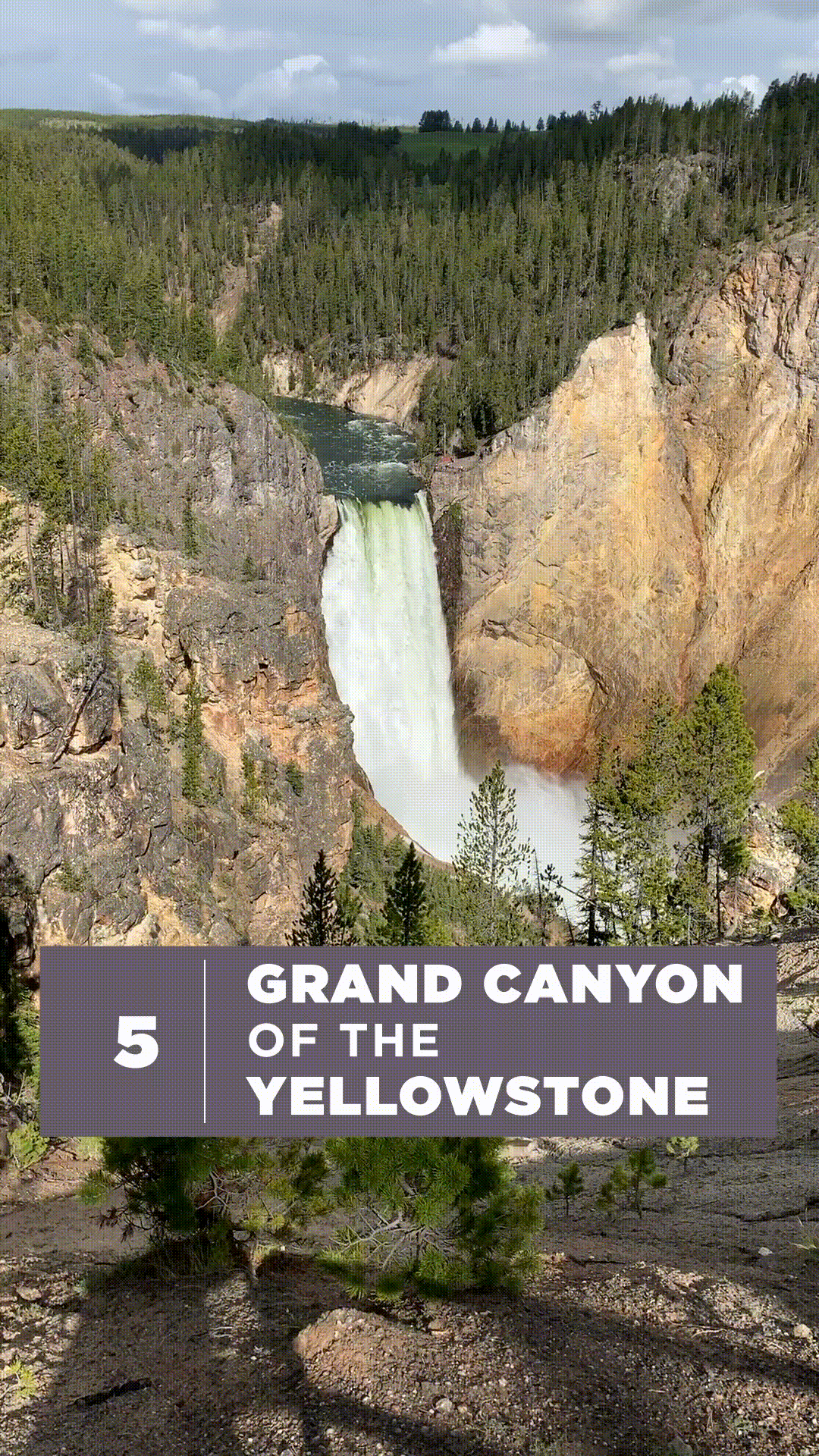
Saturday evening: Grand Canyon of the Yellowstone
Take in the sunset at one of Yellowstone’s most grandiose features. The Grand Canyon of the Yellowstone is roughly 20 miles long, 1,000 feet deep, and a natural work of art. The Grand Canyon offers 10 primary overlooks to take in the views. One of the best ways to travel between overlooks is on hiking trails. Hikes range from short half-mile treks, to long and strenuous 7-mile treks!
One overlook not to miss is Inspiration Point. The overlook reopened in 2018 after rehabilitation work was completed (and funded in part by Yellowstone Forever)! Get inspired by this majestic natural canyon before getting a good night’s rest before a morning of wildlife watching!
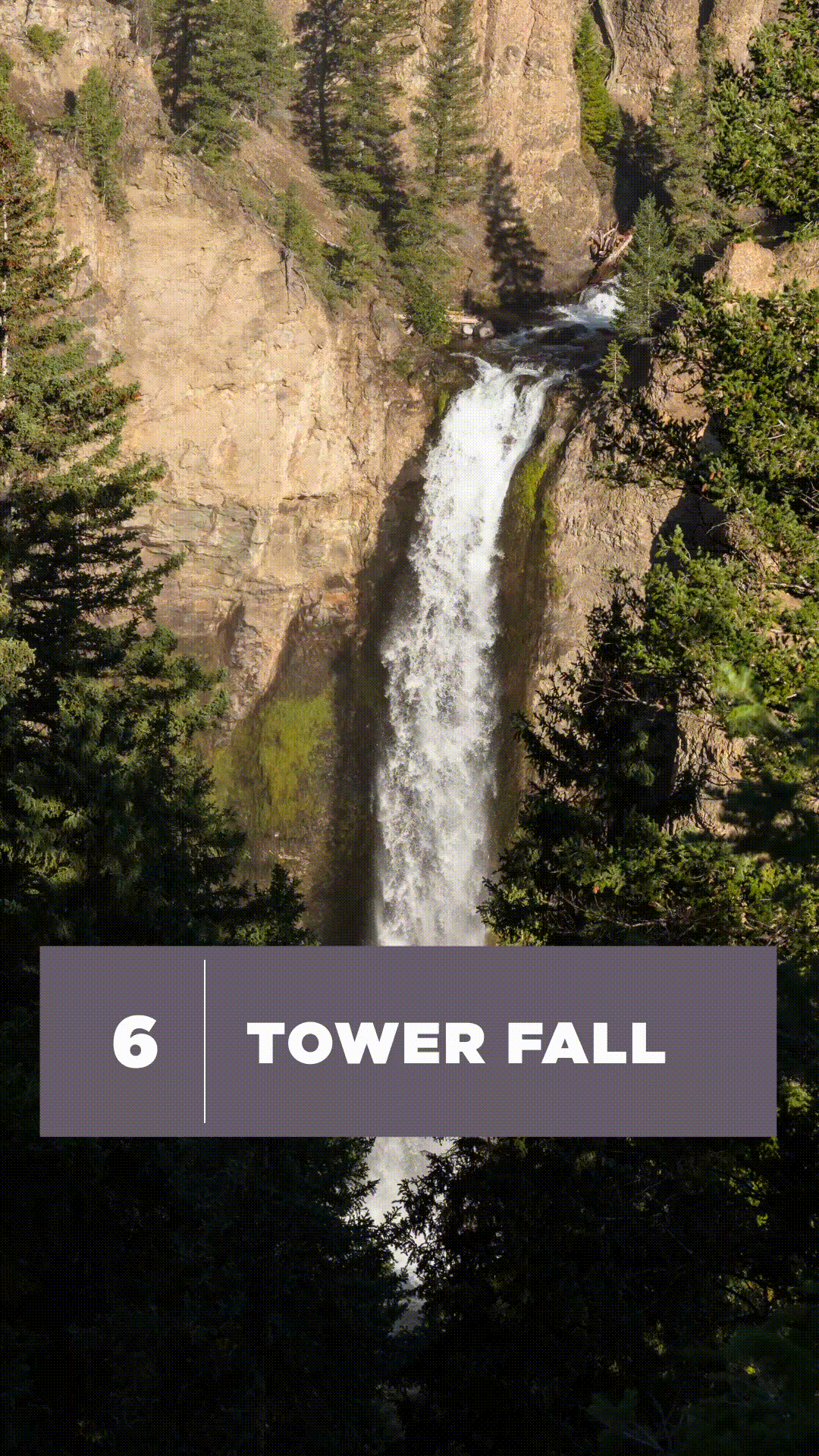
Sunday morning: Tower Fall
Make the most of your last day in the park by setting your alarm early! Remember, one of the best ways to catch a glimpse of one of Yellowstone’s 300 species of birds and 67 species of mammals is to spot them at dawn or dusk.
Continue on the Grand Loop Road to Tower Fall. Artist Thomas Moran painted Tower Fall during his expedition with Hayden in 1871. His paintings, including that of Tower Fall, were passed on to members of Congress when the expedition group returned east. Moran’s paintings were part of what pushed congress to designate Yellowstone as the world’s first national park.
The fall itself plunges 132-feet towards its journey to the Yellowstone River. A short hike leads you to an overlook to view the falls and unique tower rock columns created from cooled lava flows.
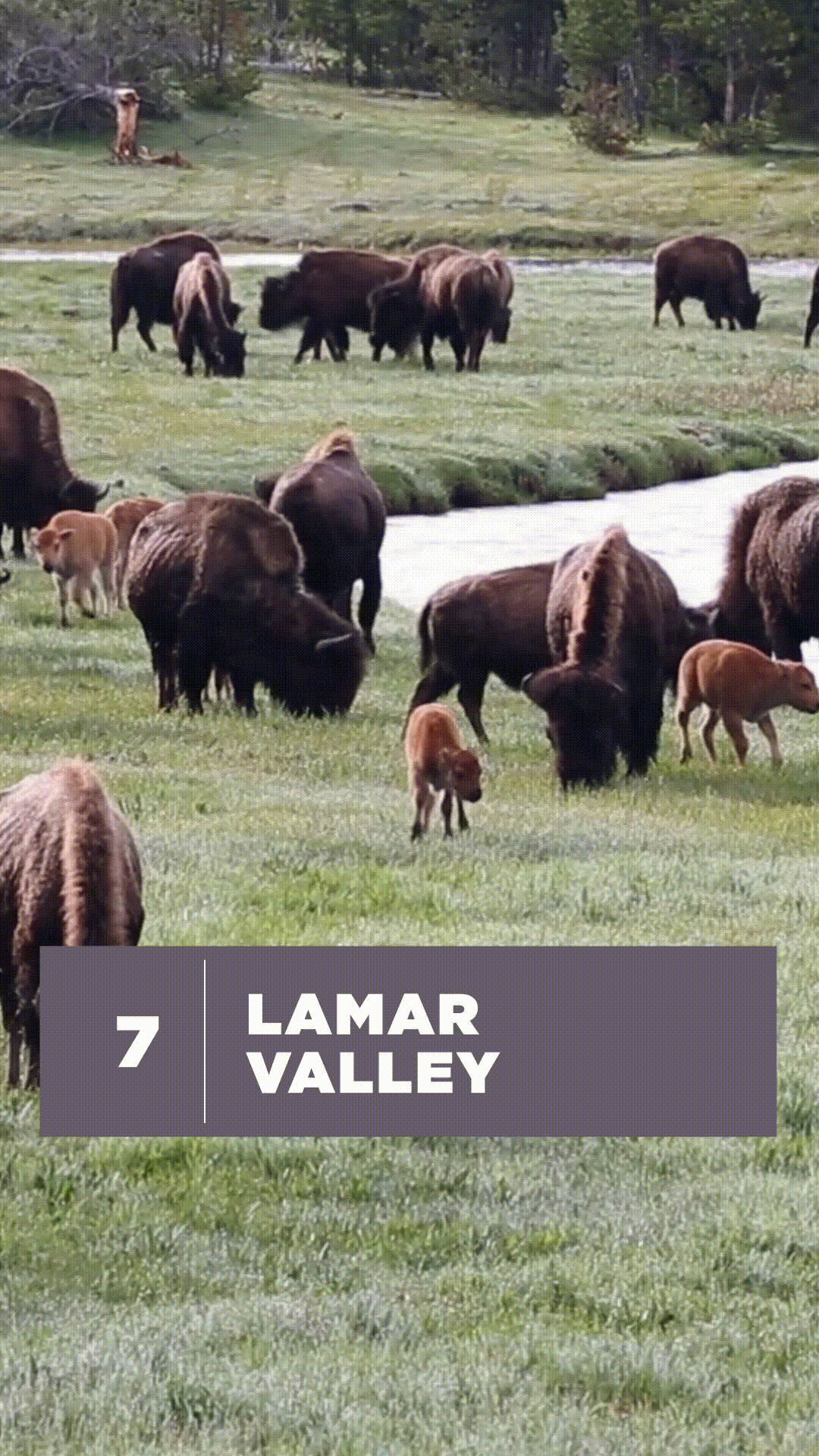
Sunday afternoon: Lamar Valley
Take a right at the Northeast Entrance Road at Roosevelt Lodge and make your way to the Lamar Valley. The valley was nicknamed “the Serengeti of North America” because of the abundant wildlife that call the valley home. Animals you may see include elk, bison, mule deer, pronghorn, bighorn sheep, wolves, black bears, or grizzly bears.
While you can take your binoculars and head to Lamar on your own, there’s no better way to go wildlife watching in Yellowstone than with an experienced naturalist. These guides can be critical in knowing where to spot wildlife, educate you about the species and their interactions, and provide high powered spotting scopes for a clear view that you won’t get with binoculars. Yellowstone Forever offers private tours with experienced naturalists in the Lamar Valley.

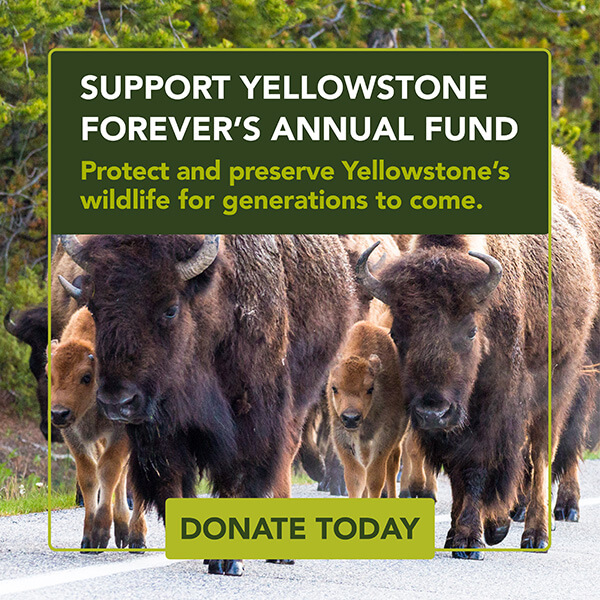



Comments are closed.